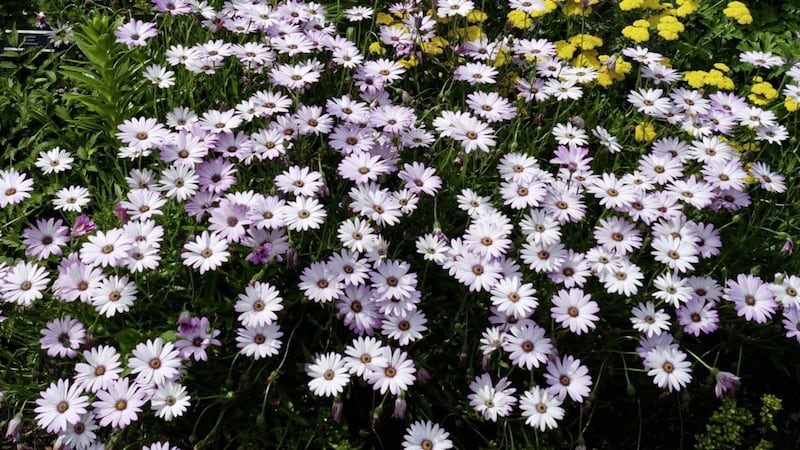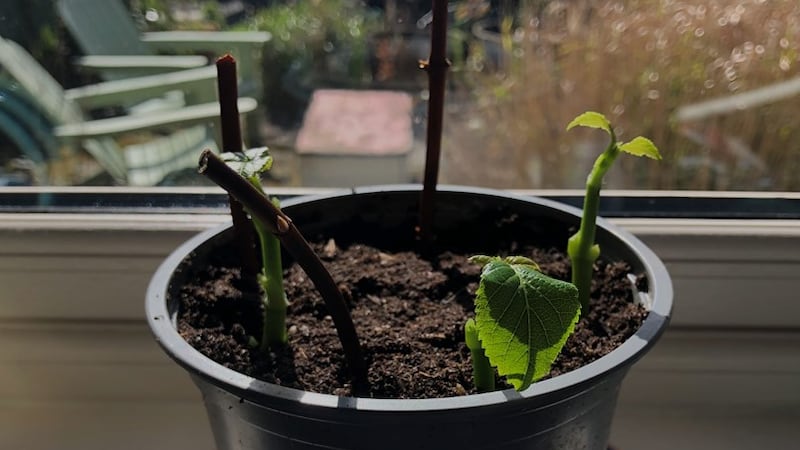IRELAND has given the world of gardening a great deal over the years, yet sometimes it feels like the nation's contribution isn't fully acknowledged. However, the recent award of National Plant Collection status for a variety of plants with Irish connections goes some way to redressing this historic oversight.
The award has been made by horticultural conservation charity Plant Heritage and covers more than one-thousand plants that have either been bred by, collected or named after Irish horticulturalists and/or historic plant explorers.
The newly-accredited Irish Heritage Plants National Plant Collection, which can be found across 75 different private and public locations, north and south, aims to conserve all garden plants with connection to Ireland.
Some of the plants being safeguarded through the collection are very common, such as the Irish yew, while others, like the Iris 'Kilbroney Marble' are exceedingly rare, with only one listed supplier.
Many others are now only found in members' gardens and sometimes are the only one recorded of their kind.
The collection is based on vast research by Belfast-born Dr Charles Nelson, the horticultural taxonomist who helped form the Irish Garden Plant Society in 1981.
His book A Heritage of Beauty – The Garden Plants of Ireland, which was based on 20 years' fieldwork, was published by the society in 2000. The encyclopaedia lists more 5,300 plants with an Irish connection, and while some of those included have since become extinct, those kept alive by dedicated members of the Irish Garden Plant Society now form this newly-accredited National Plant Collection.
Locally, more than one-hundred Irish Heritage Plants are grown at the Ulster Folk and Transport Museum, where the collection is maintained by volunteers from the Irish Garden Plant Society.
Among the prized plants at the north Down garden are Crocosmia 'Rowallane Yellow', a sport (a spontaneous change in the plant) first found at Rowallane Gardens in Saintfield, and Pieris japonica 'Daisy Hill', found as a chance seedling at the now-defunct Daisy Hill Nursery in Newry.
The National Botanic Gardens at Glasnevin in Dublin also has many rarities, including Osteospermum 'Lady Leitrim' and Olearia 'Henry Travers', grown in Ireland from seed collected from Chatham Island, New Zealand.
Likewise, Co Wicklow's National Botanic Garden, at Kilmacurragh has a great collection too that includes two escallonia, 'CF Ball' and 'Alice', the former named after the Glasnevin staff member who raised the seedlings, only to be killed in the First World War, the latter in honour of his wife.
Plant Heritage conservation manager Vicki Cooke compared National Plant Collections to "living libraries" that are the key to preventing plants that have fallen out of fashion and are no longer commercially available from being lost forever.
"The Irish Garden Plant Society's huge collection is a phenomenal celebration of Irish horticultural history and demonstrates how important it is that our garden plants are researched, hunted down and looked after by passionate and knowledgeable collection holders," she said.
Chair of the Irish Garden Plant Society Dr Mary Forrest said the society had been committed to conserving Ireland's horticultural heritage for more than 40 years.
"The society is very honoured to have now been awarded National Plant Collection status by Plant Heritage," she said.
"It is recognition of the value of the work of the society, the original research by Dr Charles Nelson and the past – and ongoing – hard work by all of our society members."




